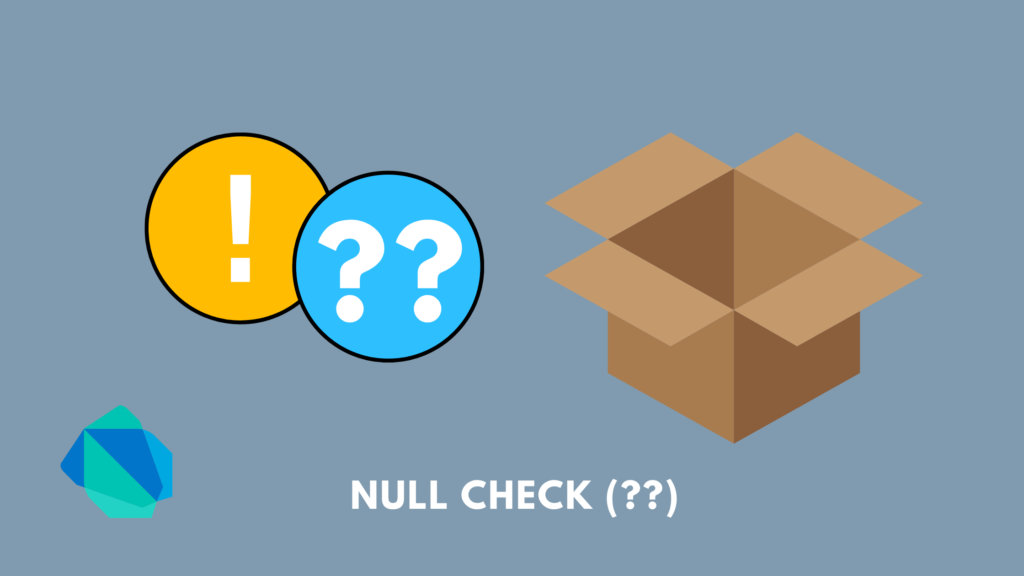Handling null values efficiently is a crucial aspect of building robust and reliable software. In Dart and Flutter, the null coalescing operator (??) is a powerful tool that helps streamline null value handling, leading to cleaner and more concise code. In this blog post, we’ll explore the concept of the null coalescing operator, delve into its syntax, and provide real-world use cases and examples to highlight its benefits.
The Challenge of Null Values
Null values are a common occurrence in programming, representing the absence of a value. In many cases, dealing with null values requires explicit checks to ensure that operations proceed smoothly without causing runtime errors. Dart and Flutter introduce the null coalescing operator to simplify null value handling and improve the readability of code.
Introducing the Null Coalescing Operator (??)
The null coalescing operator (??) is used to provide a default value when encountering a null value. It allows you to choose a fallback value that will be used if the original value is null. This can significantly reduce the need for explicit null checks and conditional statements.
Syntax
The syntax of the null coalescing operator is as follows:
value = expression1 ?? expression2
In this syntax, if expression1 is not null, its value is assigned to value. If expression1 is null, then expression2 is evaluated, and its value is assigned to value.
Benefits and Use Cases of the Null Coalescing Operator
1. Simplified Null Handling
The primary advantage of the null coalescing operator is that it simplifies null value handling. It reduces the need for conditional statements and makes the code more concise and readable.
2. Default Values
The operator is particularly useful for providing default values when a value might be null. This is especially beneficial when dealing with UI elements or configuration settings.
3. Streamlining APIs
When working with APIs that return nullable values, the null coalescing operator can help streamline the code by providing fallback values when necessary.
4. Improved Code Readability
By using the null coalescing operator, you can make your code more expressive and self-explanatory. It clearly indicates your intention to use a fallback value when null is encountered.
Example: Using the Null Coalescing Operator in Flutter
Consider a scenario where you want to display a user’s username, but if the username is not available, you want to show “Guest” as the default:
void main() { String? username; String displayUsername = username ?? "Guest"; print("Welcome, $displayUsername"); // Output: Welcome, Guest }
In this example, the null coalescing operator ?? is used to assign “Guest” to displayUsername if username is null.
Conclusion
The null coalescing operator (??) is a valuable tool in Dart and Flutter that simplifies null value handling and enhances the overall robustness of your code. By providing a concise way to set default values when encountering null, this operator streamlines code, reduces verbosity, and improves code readability. Incorporating the null coalescing operator into your coding practices will help you write cleaner, more efficient, and more reliable applications in Flutter and Dart.



